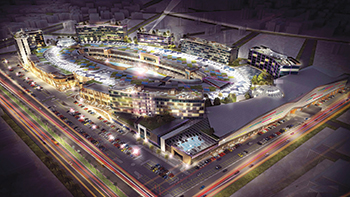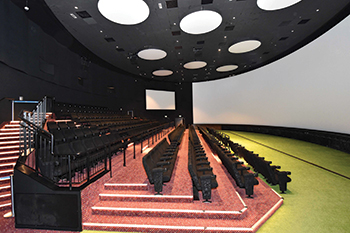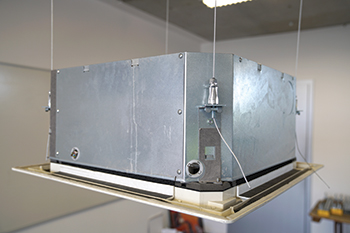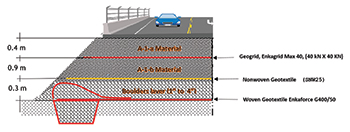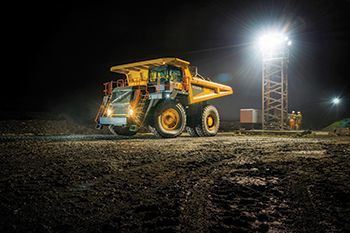
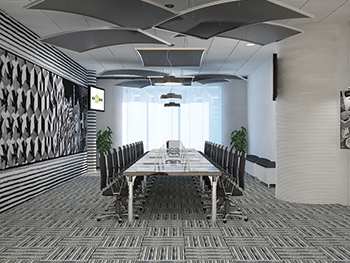 Topiq Sonic element ceiling rafts ... aesthetically and acoustically attractive.
Topiq Sonic element ceiling rafts ... aesthetically and acoustically attractive.
Topiq Sonic element ceiling rafts offer architects and interior designers flexible and stylish solutions while providing the desired acoustic performance in new or older buildings, says its manufacturer Knauf AMF, part of the global Knauf Group.
These elements are frameless, monolithic ceiling rafts, with smooth surfaces and sealed edges which absorb sound on both sides, helping to control noise in highly reverberant spaces, according to Sreejith Panicker, Knauf AMF Middle East director of operations, who is based in Dubai, UAE.
The rafts are 40-mm thick and can be specified in any colour. They are available in seven standard shapes: circular, rectangular, oval, triangular, hexagonal and trapezoid. Alternative shapes are available on a special order basis.
“Topiq Sonic is manufactured from Knauf AMF mineral wool board, which is highly durable and lightweight, thus allowing for easy handling. Fitted to the ceiling using discreet suspension wires and hooks, they appear to be floating in air,” he tells Gulf Construction.
The rafts can be positioned at different angles and heights to create elegant, innovative ceiling designs, he adds.
.jpg) |
The rafts can be positioned at different angles and heights to create elegant, innovative ceiling designs. |
In some older buildings, a traditional suspended ceiling might not be viable due to a low ceiling height, high windows or other architectural features. In such situations, ceiling rafts are an ideal option to provide necessary acoustic control, Panicker points out.
Due to their versatility, they can be applied in many sectors, including education, retail, hospitality, leisure and commercial.
Knauf’s Topiq Sonic rafts were specified for a striking multipurpose sports hall within a new state-of-the-art academy in Abu Dhabi.
Commenting on the project, he says, although the hard surfaces fitted in the hall are designed to withstand impact damage, they, however, often have poor sound absorbency.
“The ceiling rafts from Knauf AMF provide very high sound absorption, which is ideal for controlling reverberation in large spaces. The rafts in the hall were fitted below the services and ventilation system helping to shield from view the many ducts and pipes,” he explains.
Panicker was very impressed with the installation. “The client was thrilled with the finished ceiling. The services are accessible but disguised by the trapezium-shaped Topiq Sonic elements ceiling rafts, which are positioned with varying suspension angles, creating a visually stimulating ceiling design,” he comments.
Topiq Sonic element ceiling rafts, he continues, are ideal for interiors fitted with hard surfaces or concrete soffits. Rafts can be positioned above potentially noisy areas to help improve speech intelligibility and create a pleasant environment. By varying the size and spacing of the rafts, the desired acoustic performance is achieved.
Knauf AMF is a system solution provider for modular ceiling systems. It offers on-site, specialist advice and support to architects, planners, distributors, specialist contractors and developers throughout the world. As part of these efforts, Knauf AMF has produced a new step-by-step installation video for Topiq Sonic element ceiling rafts available online (https://www.knaufamf.com/en/product-range/systen-solutions/ceiling-rafts/#showtab-tab2959612_2)





















_0001.jpg)


.jpg)
















.jpg)








.jpg)



